John Lennon's 1958 Rickenbacker 325 :
Model 325C64
The British Invasion of 1964 initiated a rise in popularity of the model 325. The Model 325C64 duplicates the Model 325 as produced in 1964—complete with semi-hollow Maple body, re-shaped body and headstock, three vintage-style pickups, and Accent Vibrato. Offered in Jetglo finish.
Specifications
Body Type Semi-Hollow
No. Frets 21
Scale Length 53.34 cm (21'')
Neck Width at Nut 41.4 mm (1.63'')
Neck Width at 12th Fret 49.2 mm (1 15/16'')
Crown Radius 18.42 cm (7.25'')
Body Wood Maple
Neck Wood Maple
Fingerboard Wood Rosewood
Weight 3.2 kg (7.0 lbs.)
Overall Length 87.6 cm (34 1/2'')
Overall Width 32.4 cm (12 3/4'')
Overall Depth 38.1 mm (1 1/2'')
Neck Binding No
Fret Marker Style Dot
Tailpiece Accent Vibrato
Bridge Roller Bridge
Neck Type Set-in
No. of Pickups 3
Type of Pickups Vintage Single Coil Toaster Top™
Output Type Mono
Machine Heads Deluxe Vintage repro
CELEBRITY NEWS
FREE MUSIC - PALCO MP3
 |
| John Lennon's Guitar 1958 Rickenbacker 325 |
 |
| John Lennon's Guitar 1958 Rickenbacker 325 |
Model 325C64
The British Invasion of 1964 initiated a rise in popularity of the model 325. The Model 325C64 duplicates the Model 325 as produced in 1964—complete with semi-hollow Maple body, re-shaped body and headstock, three vintage-style pickups, and Accent Vibrato. Offered in Jetglo finish.
Specifications
Body Type Semi-Hollow
No. Frets 21
Scale Length 53.34 cm (21'')
Neck Width at Nut 41.4 mm (1.63'')
Neck Width at 12th Fret 49.2 mm (1 15/16'')
Crown Radius 18.42 cm (7.25'')
Body Wood Maple
Neck Wood Maple
Fingerboard Wood Rosewood
Weight 3.2 kg (7.0 lbs.)
Overall Length 87.6 cm (34 1/2'')
Overall Width 32.4 cm (12 3/4'')
Overall Depth 38.1 mm (1 1/2'')
Neck Binding No
Fret Marker Style Dot
Tailpiece Accent Vibrato
Bridge Roller Bridge
Neck Type Set-in
No. of Pickups 3
Type of Pickups Vintage Single Coil Toaster Top™
Output Type Mono
Machine Heads Deluxe Vintage repro
Lennon's 1958 Rickenbacker 325:
An Evolution that Produced a Revolution
by Glen Lambert
|
|
|
|
|
|
|
|
|
|
Article Submitted on May 3, 1999 - Revised January 27, 2002
© 1999-2002 Glen Lambert. All rights reserved.
Corrections and comments welcome. Glen Lambert
Special thanks to Chris Huston for his correspondance
& John F. Crowley for his information on Ron DeMarino.
Editing and Html Design by Peter McCormack
CELEBRITY NEWS
FREE MUSIC - PALCO MP3
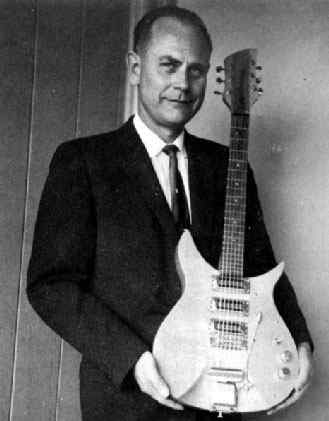
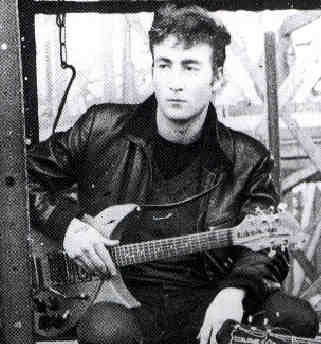
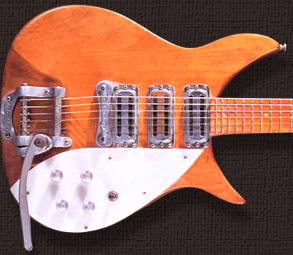
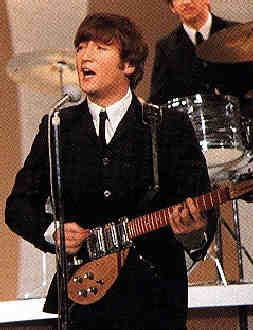
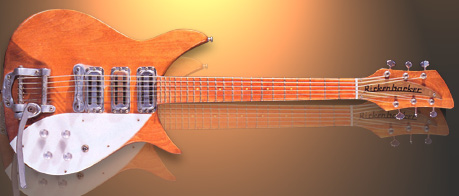
No comments:
Post a Comment